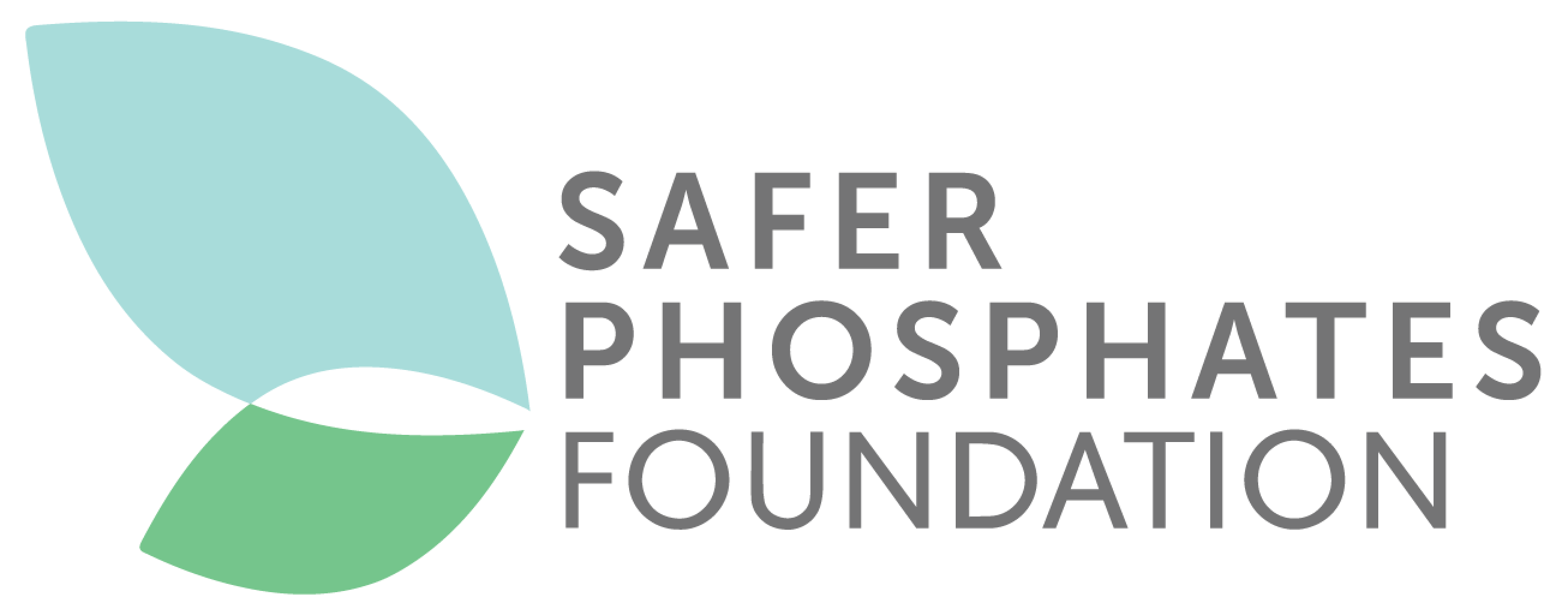March 17, 2021 represents an important day for the fertiliser sector in Europe. On this day 5 years ago, the proposal for a revision of the Fertiliser Regulation was formally presented by the European Commission.
The new regulation will represent the cumulation of technical research, political debates and agreements on compromises and decisions and will be applied in full from 16 July 2022.
After a long period of preparation and some delays, the proposal 1 is an initiative with two main objectives: (1) to incentivise large scale fertiliser production from domestic sources, transforming waste into nutrients for crops; and (2) to introduce harmonised cadmium limits for phosphate fertilisers.
At the time of the initial proposal, Commission spokesperson Lucia Caudet said : "We have carefully considered the levels proposed for contaminants and heavy metals. While third countries exporting phosphate rock may be affected in the short term, the reduction of cadmium levels in phosphate rock may lead to new areas of co-operation and innovation for more sustainable raw materials" .
The Commission proposed to limit the concentration to 60 mg Cd/kg at first, to 40 mg Cd/kg after 3 years and to 20 mg Cd/kg after 12 years, which represented a unique opportunity to producers of fertilisers with low cadmium content.
In the European Parliament, the decision involved the participation of several committees: the ENVI Committee played a crucial role; the AGRI Committee was associated under Article 54 of the Rules of Procedure; and the proposal was also considered by the Internal Market and Consumer Protection (IMCO) Committee.
)
The first important step took place on 24 October 2017, when the European Parliament adopted its position on the proposal in favour of reducing cadmium levels in phosphate-based crop nutrients, but with a different deadline than that proposed by the Commission, extending the legislation over a total period of 16 years.
The Council adopted its position on 20 December 2017 and in January 2018, inter-institutional negotiations started, resulting in a provisional agreement being adopted on 20 November 2018. A population majority in the Council opposed any limits below 60 mg/kg (Poland, Portugal, Spain, Italy, Greece, Bulgaria and Romania), while the UK, France and Germany took a more neutral position. This faced strong opposition from the European Parliament who proposed to keep the limits as low as possible.
The final text 2 provides for unique regulation, attentive to environmental issues, for all the countries of the European Union. Among the many innovations introduced, the text considerably broadens the spectrum of regulated fertilisers, thus opening the doors to the free circulation of many products that were previously unavailable in the European Union. It establishes a voluntary ‘low cadmium’ label for fertilisers with a cadmium content equal to or lower than 20 mg/kg.
While the Commission’s initial proposal established measures to achieve the final objective of reducing the current level of soil contamination by 20% within 100 years, the European decision-making process has disregarded these ambitions. Confronted by intense lobbying on the part of some stakeholders, the target of reaching 40mg/kg of P2O5 was not adopted and the deadline on this objective was postponed to July 16, 2026. However, it is the first time that such a limit has been fixed at EU level and it is, without any doubt, an important milestone for the case of promoting sustainable agriculture in Europe.
1. EUROPEAN COMMISSION, Proposal for a regulation laying down rules on the making available on the market of CE marked fertilising products and amending Regulations (EC)1069/2009 and (EC)1107/2009, COM(2016)/0157
2. THE EUROPEAN PARLIAMENT and THE COUNCIL OF THE EUROPEAN UNION, Regulation (EU) 2019/1009 of the European Parliament and of the Council of 5 June 2019 laying down rules on the making available on the market of EU fertilising products and amending Regulations (EC) No 1069/2009 and (EC) No 1107/2009 and repealing Regulation (EC) No 2003/2003 (Text with EEA relevance), Official Journal of the European Union.

